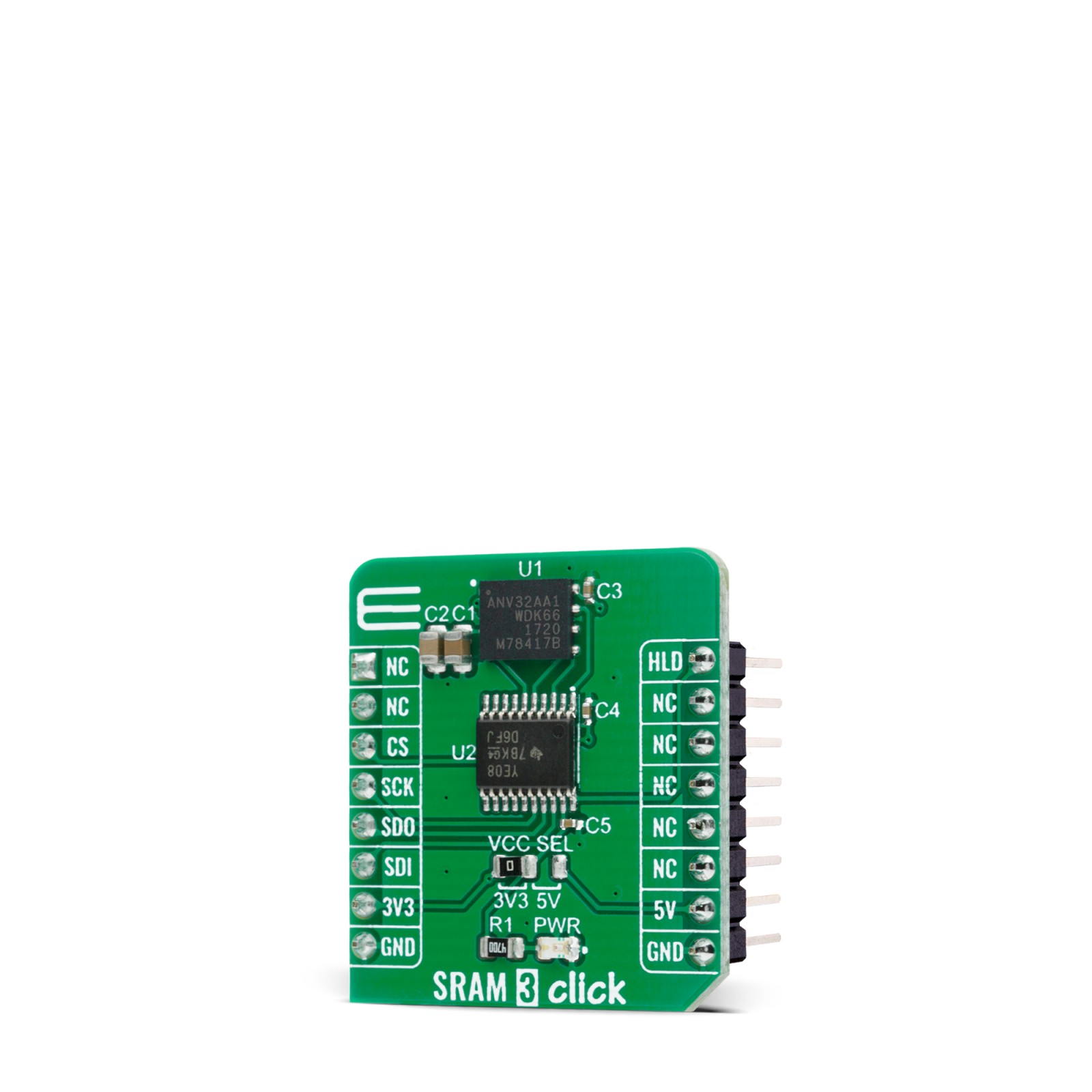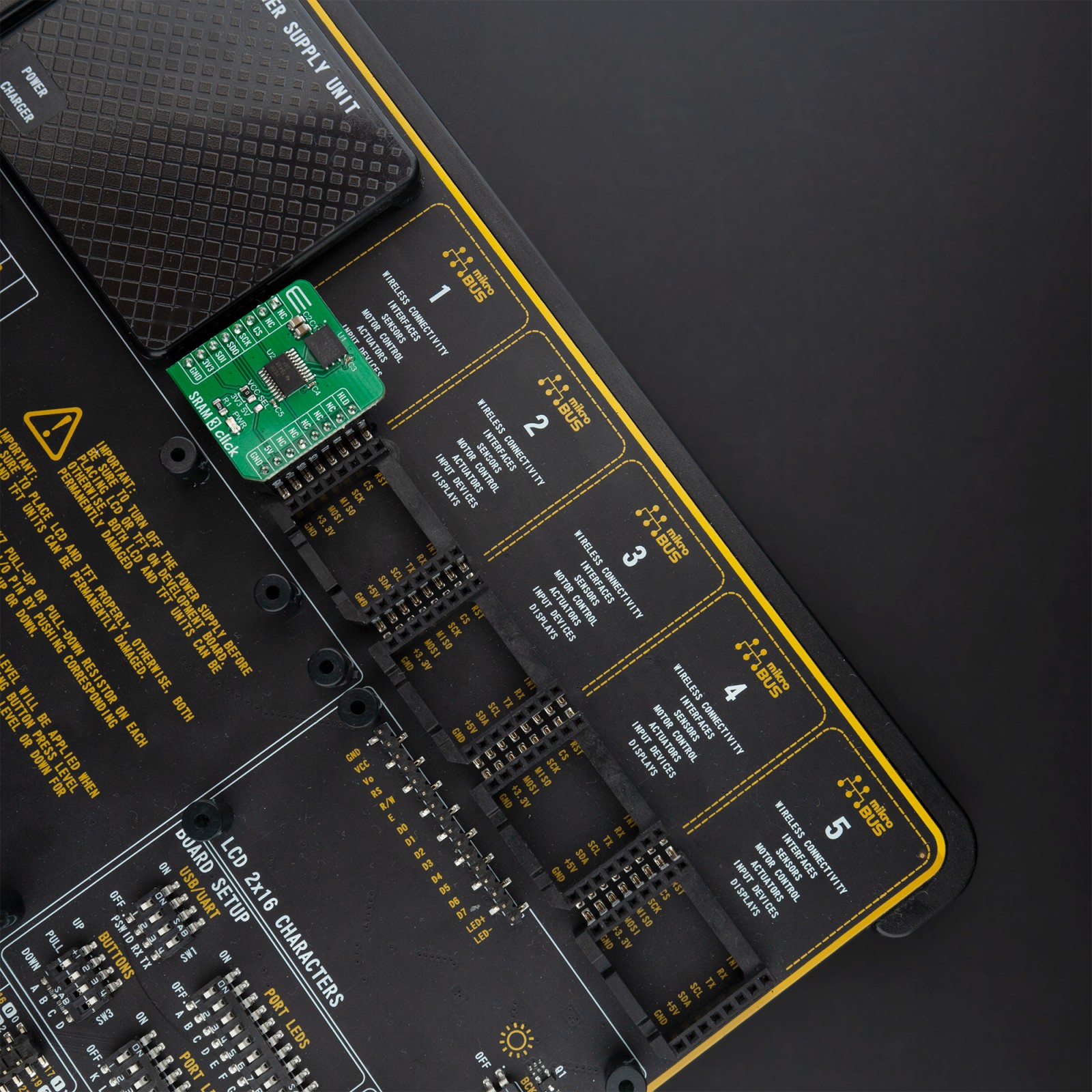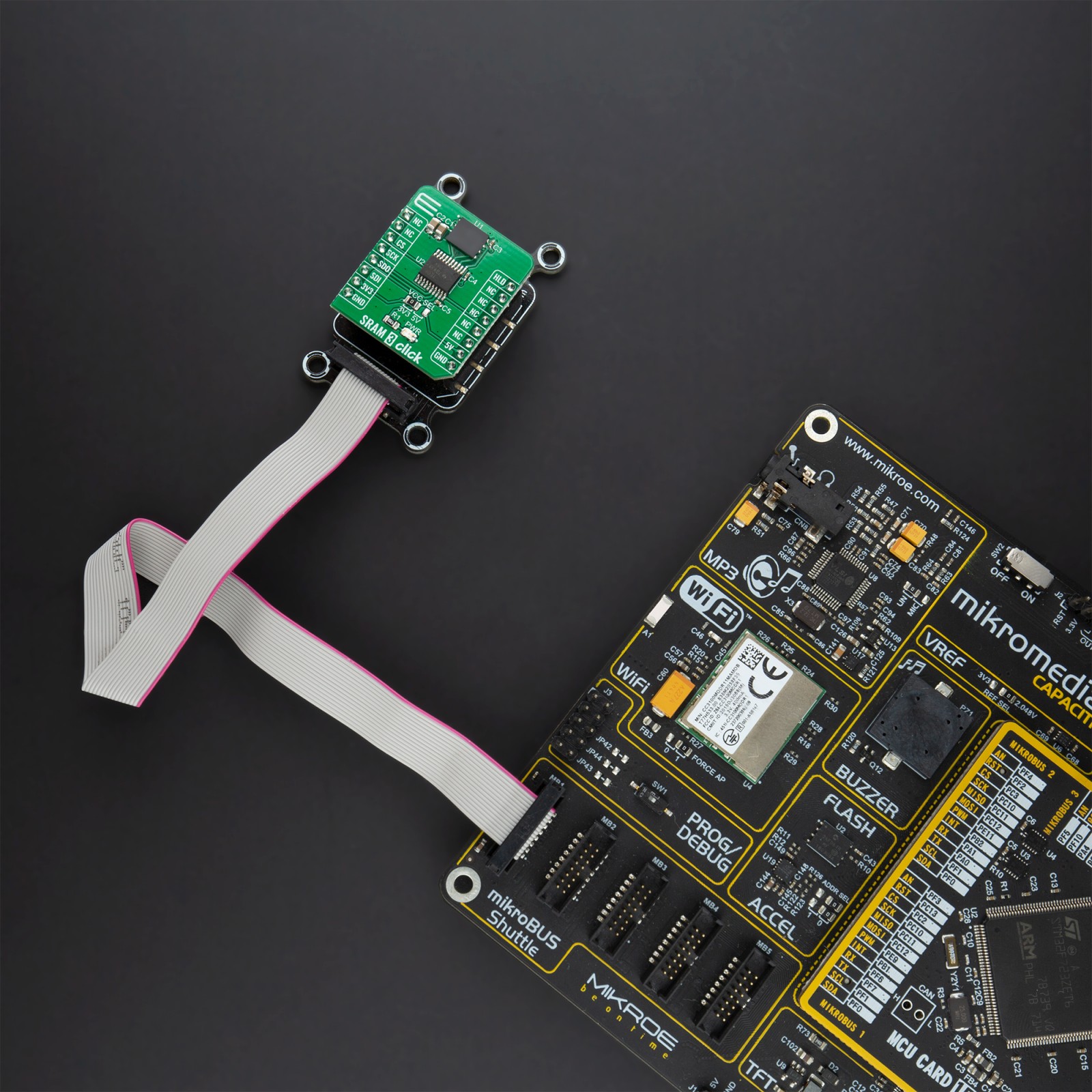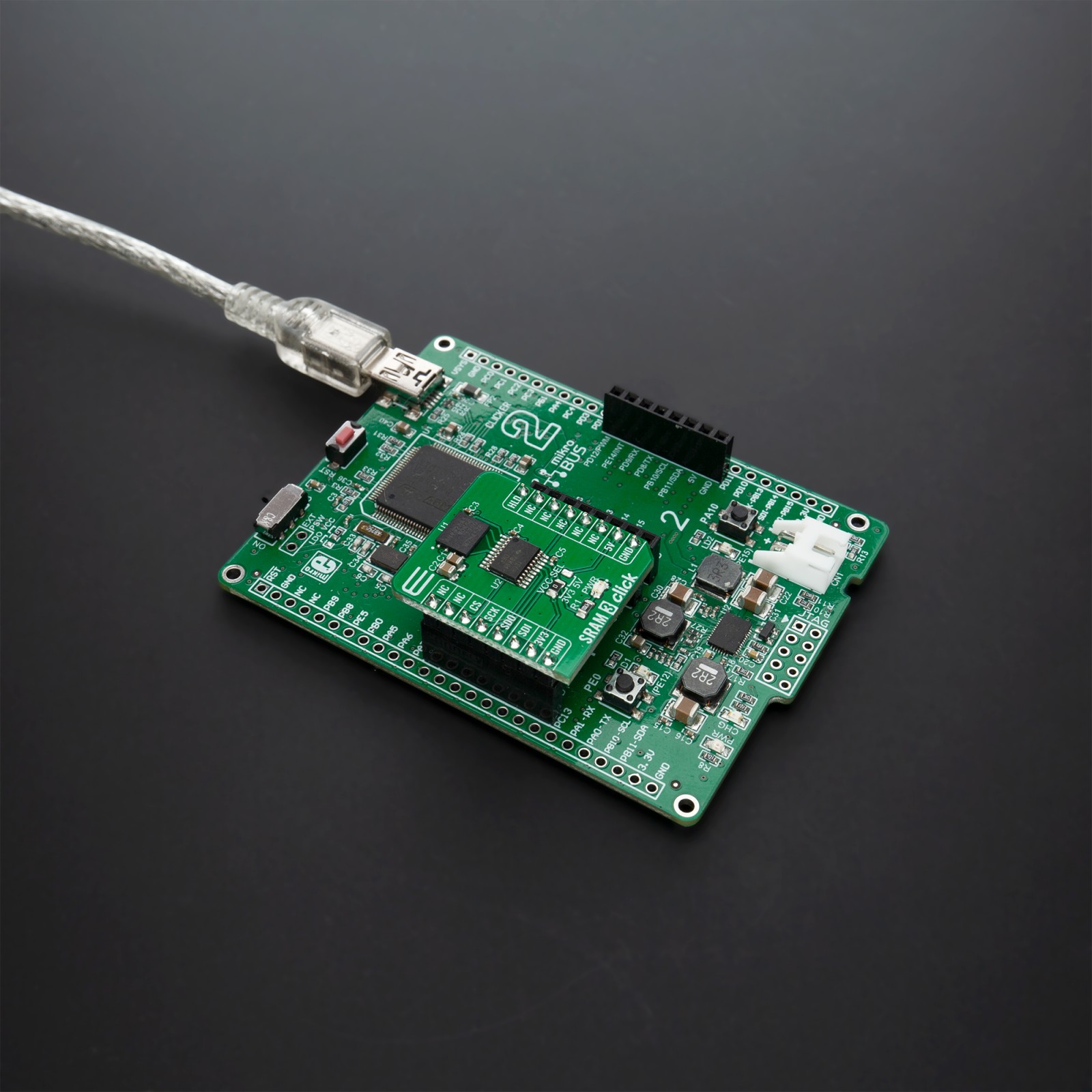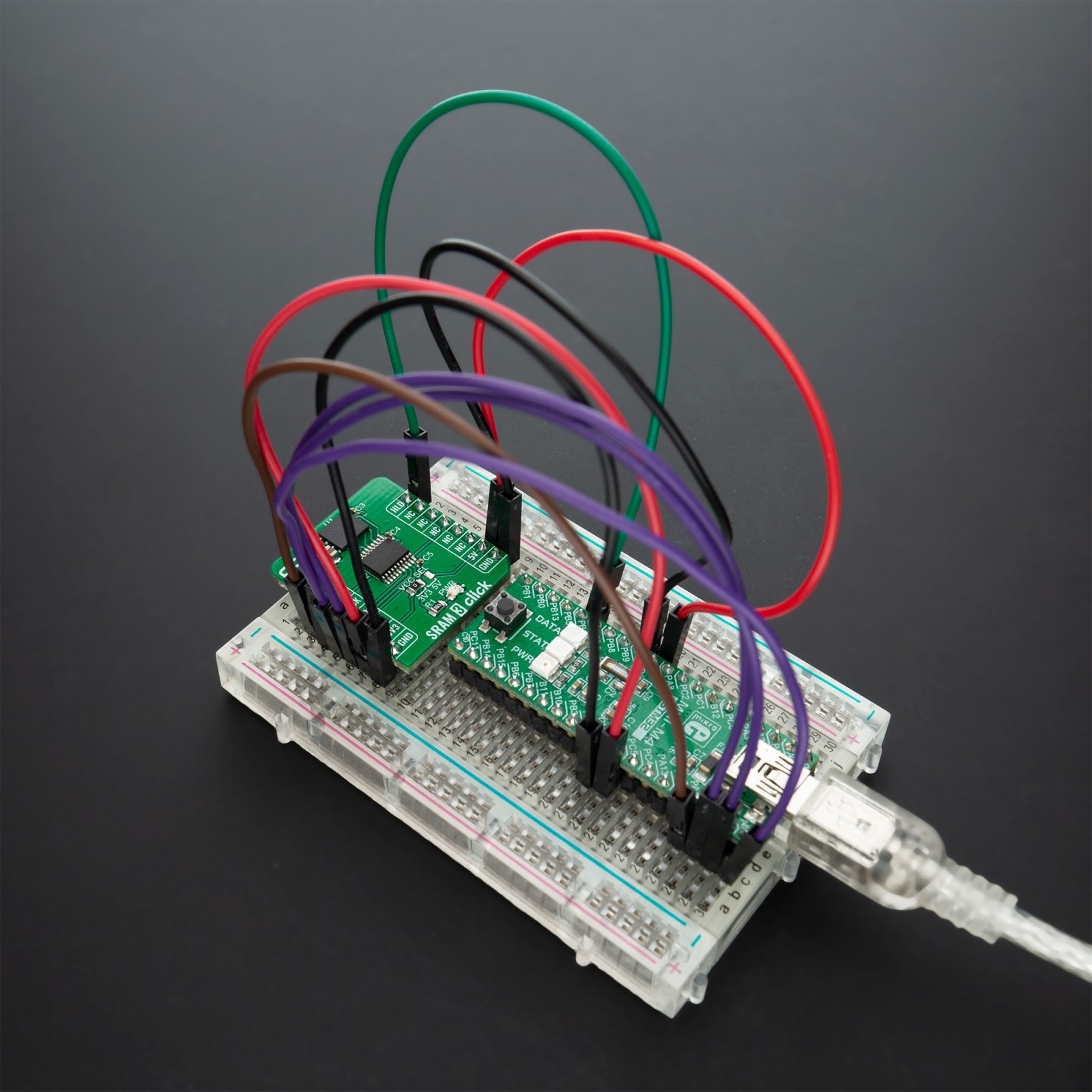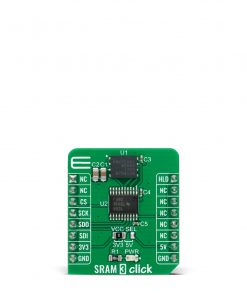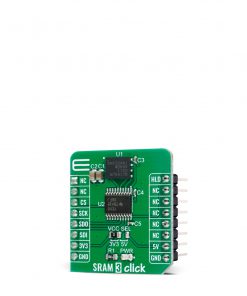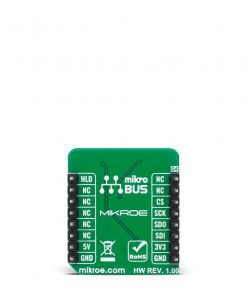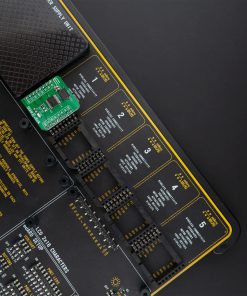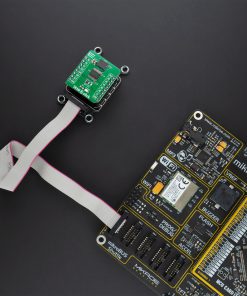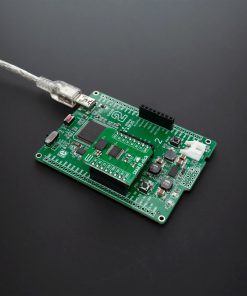-
×
 ccRF2 Click
1 × R800.00
ccRF2 Click
1 × R800.00 -
×
 MP3 Click
1 × R485.00
MP3 Click
1 × R485.00 -
×
 RS485 Click 5V
1 × R235.00
RS485 Click 5V
1 × R235.00 -
×
 GPS Click
1 × R1,050.00
GPS Click
1 × R1,050.00 -
×
 DAC Click
2 × R410.00
DAC Click
2 × R410.00 -
×
 Proximity Click
1 × R220.00
Proximity Click
1 × R220.00 -
×
 WiFi Plus Click
1 × R2,250.00
WiFi Plus Click
1 × R2,250.00 -
×
 Alcohol 3 Click
1 × R710.00
Alcohol 3 Click
1 × R710.00 -
×
 GSM/GNSS Click
1 × R1,700.00
GSM/GNSS Click
1 × R1,700.00
Subtotal: R8,270.00


